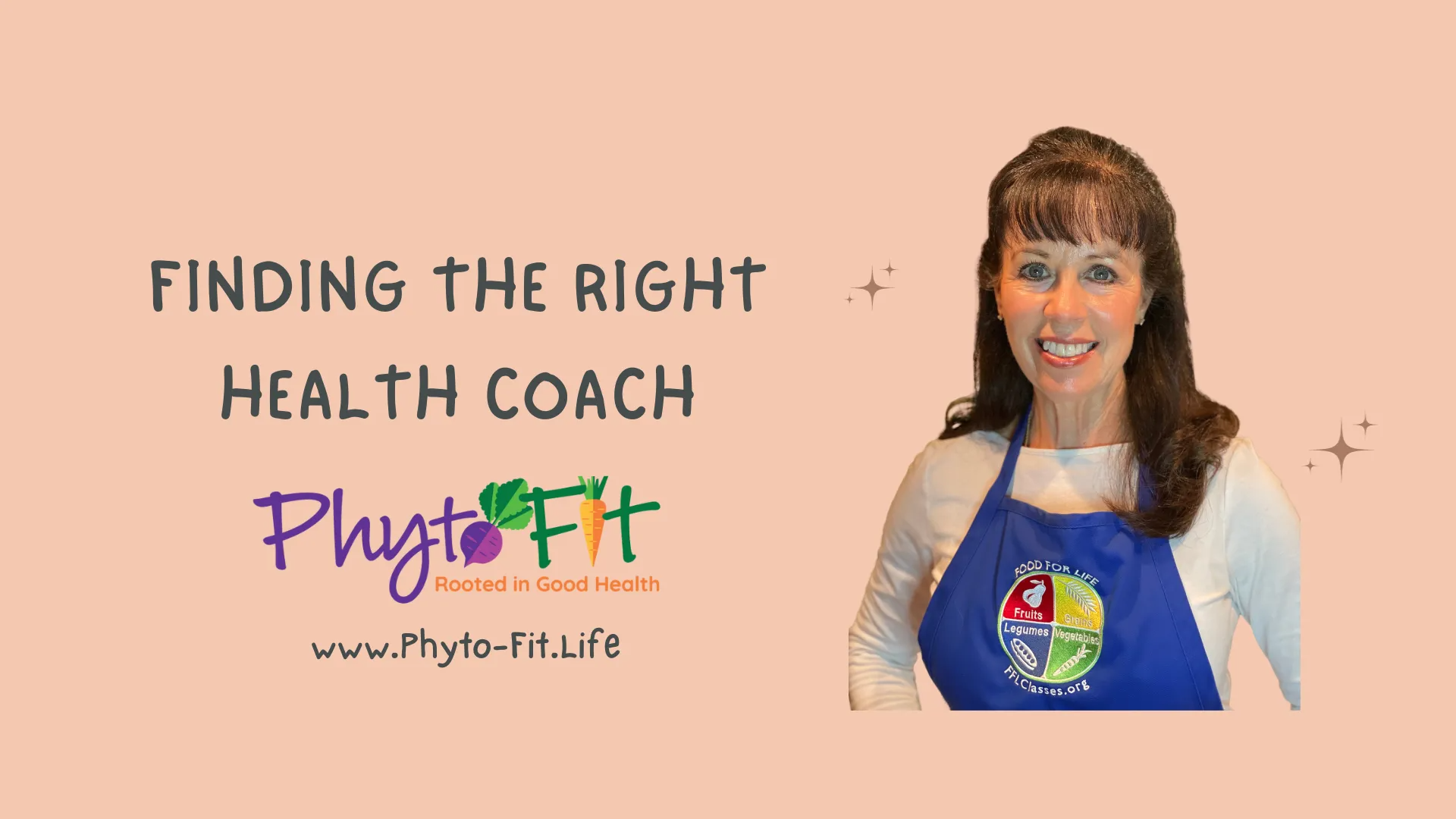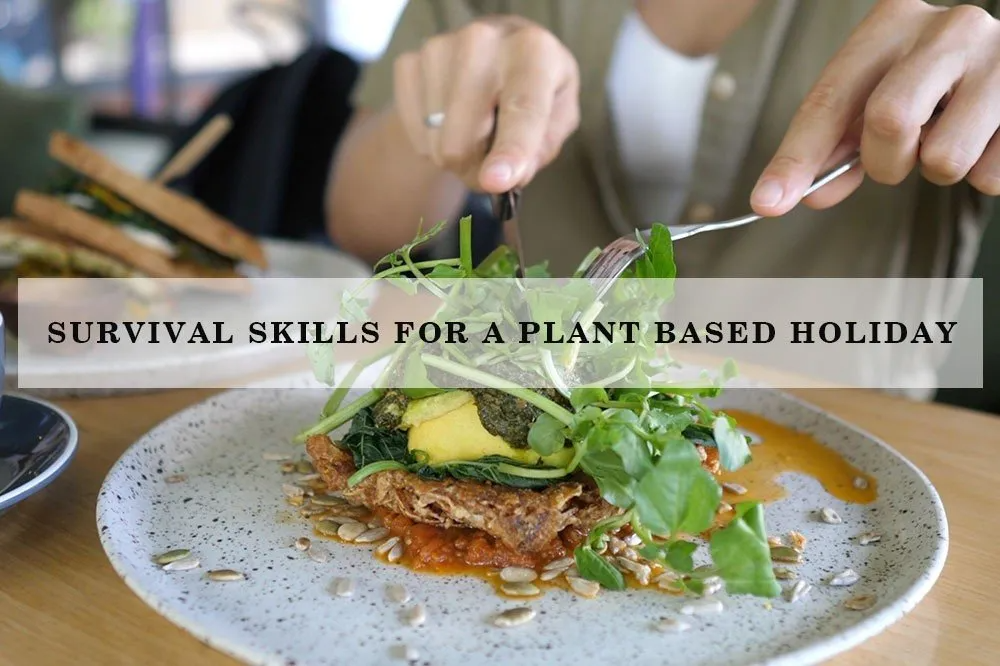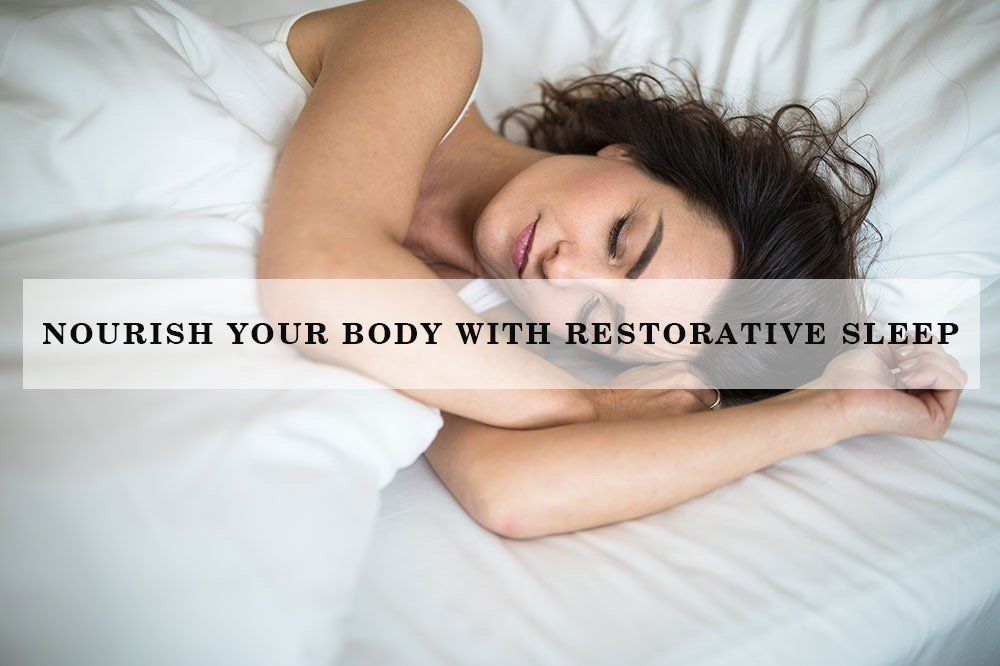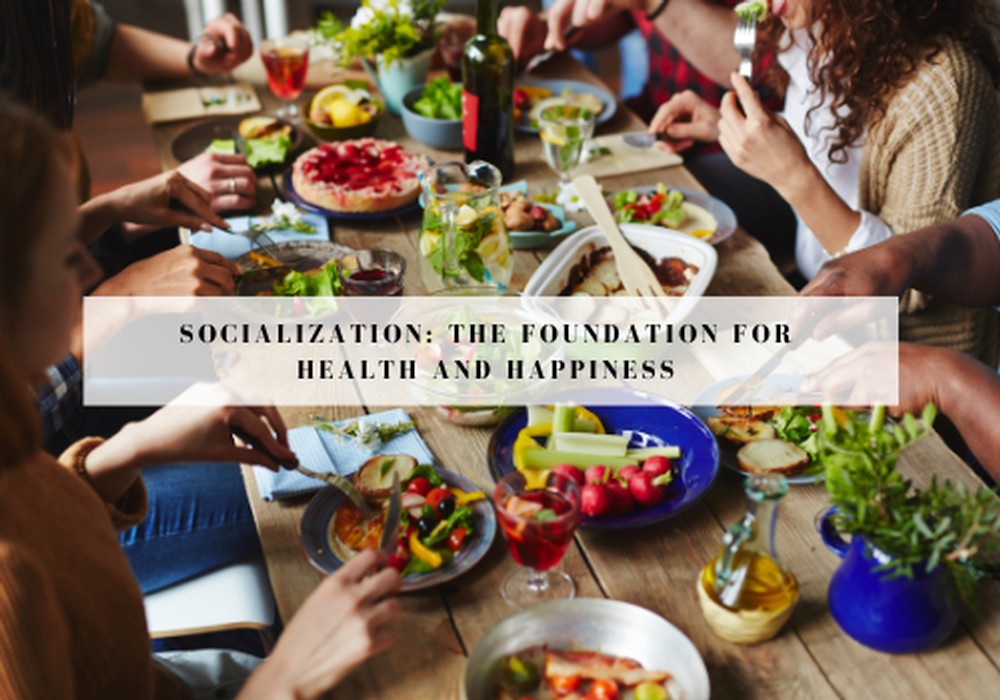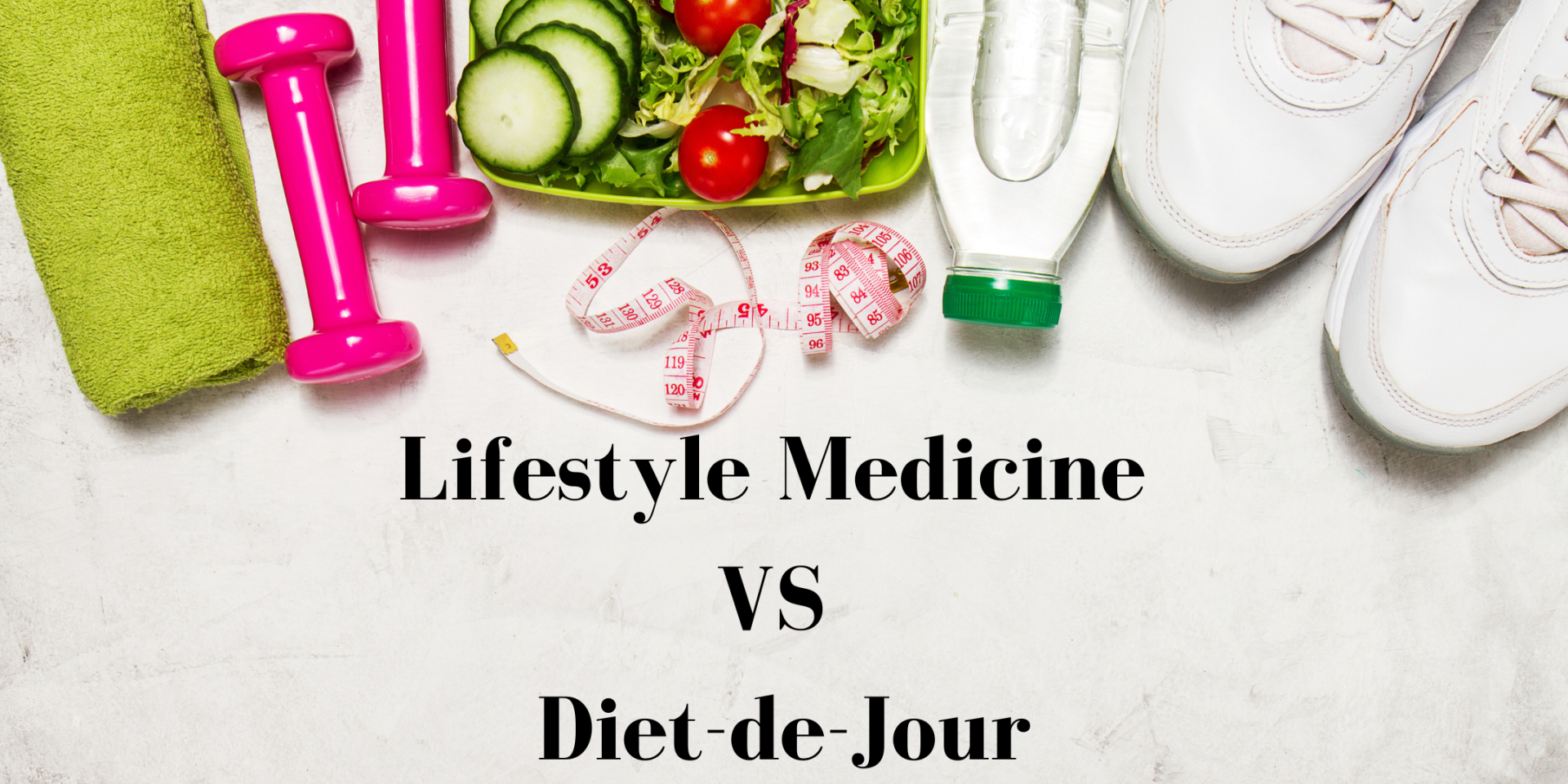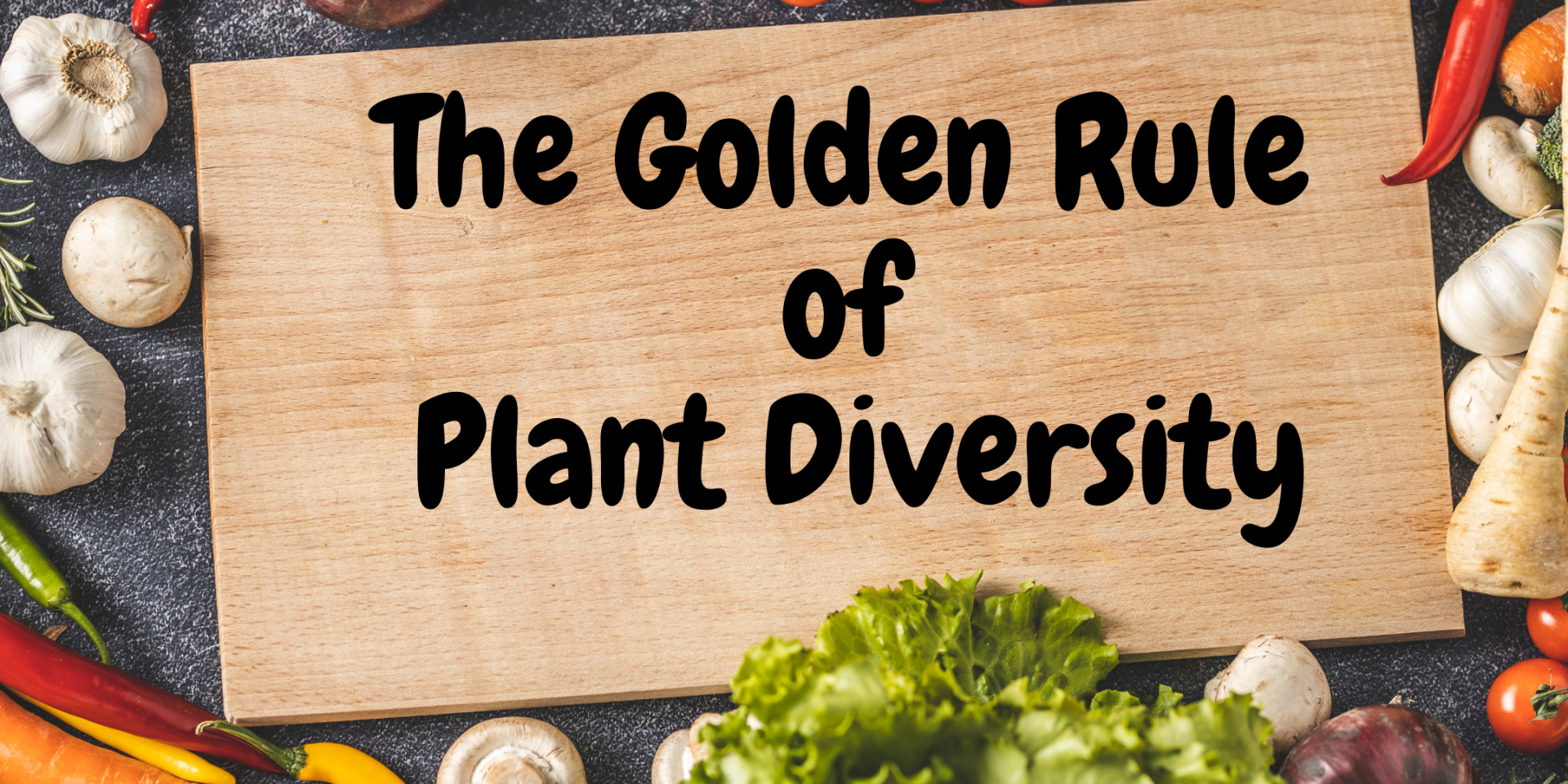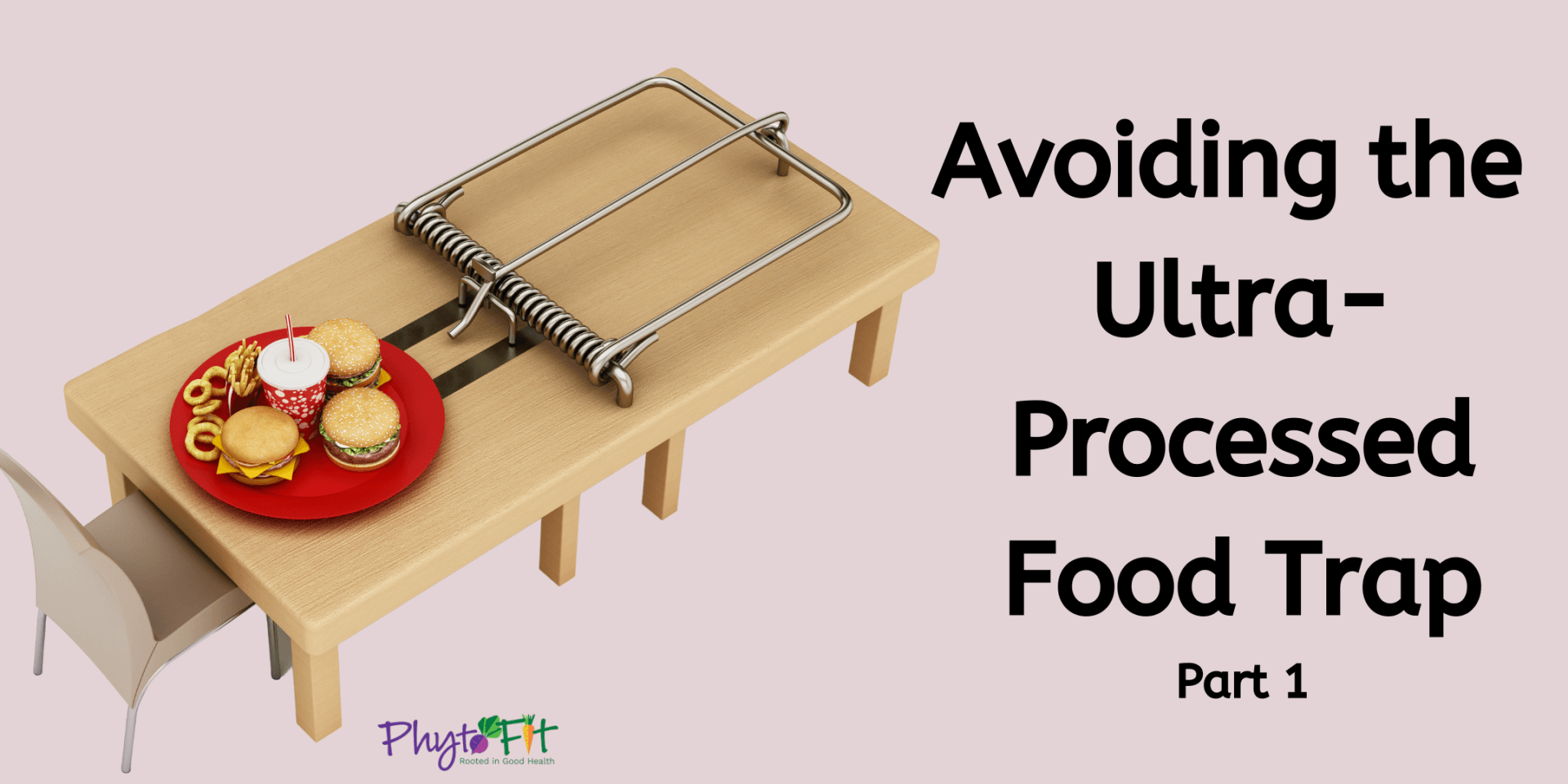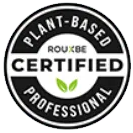Avoiding the Ultra Processed Food Trap, (Part 2) “FREE—Free At Last”
Avoiding Ultra-Processed Foods: Part 2 "Free At Last"
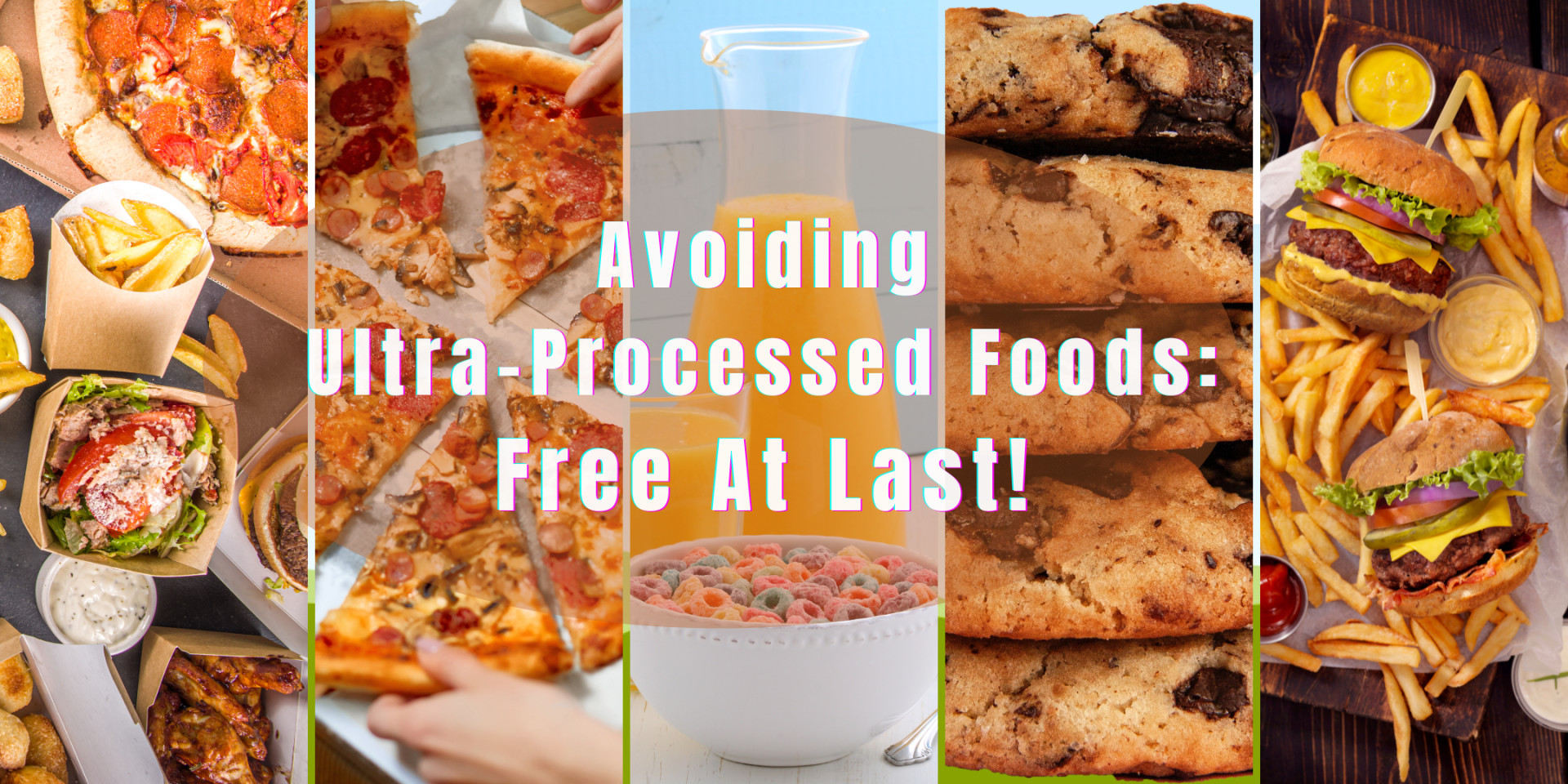
As you may recall from last month’s blog, Avoiding the Ultra-Processed Food Trap, Part 1 we discussed the concept of processed food. We shared both the United States Department of Agriculture (USDA), and the Academy of Nutrition and Dietetics explanations of processed foods. We reviewed findings from recent research studies on the health effects of consuming ultra-processed foods. We even provided a fascinating video on BBC that showed a UK doctor’s journey on eating 80% ultra-processed food for 30 days. We talked about processed, fast food, also referred to as “Frankenfood.”
Today, we will take a deeper-dive into the subject matter to further understand the difference between minimally processed and heavily/ultra-processed foods. Recommendations on how to gradually wean yourself away from processed ingredients (including “Frankenfood”) will be discussed.
In his book, Fast Food Genocide, New York Times bestselling author, Joel Fuhrman, writes, “Processed, fake and fast foods have become the primary source of calories in this country…. The food industry has evolved to effectively feed the majority of our citizens with mass-marketed, factory-produced foods that do not have the biological and chemical properties of natural produce. The result is the destruction of human potential, along with an explosion of chronic illness, human suffering and the premature death of millions.”
Dr. Michael Gregor refers to his traffic light system to help recognize healthy food groups. Food in the green group means “Go—eat and enjoy!” The yellow group means “Approach with caution,” and the red group means, “Stop—you want to rethink the choice!”
We hear about the blame placed on the healthcare industry for the rise in chronic diseases, but rarely do we hear about why these diseases are increasing. Who is at fault? Who is to blame: the health care industry, food industry, or ourselves for not taking the time to research the food we eat? The food industry claims that ultra-processed food is necessary in modern society due to the lack of time for prep food. As Dr. Michael Gregor states in his Ultra Processed Junk Foods Put to the Test, “People who think healthy food is inconvenient, have never met an apple.”
It can be hard to go cold turkey from those convenient, processed foods that you eat every day, but let’s look at a few ideas to make your journey easier:
1. Start your day right: What you eat for breakfast sets the tone for the day. Why not start with a clean, plant-based breakfast? Try this quick, simple overnight oats recipe that can be prepared over the weekend for no-stress weekday mornings.
2. Cook at home: Not a fan of cooking? Attempt just a simple recipe, and if you like a particular recipe you can always batch cook. Get a whole food, plant-based cookbook or visit the PhytoFit recipe page for some quick and easy recipes. When you start cooking at home, you will automatically eat out less. You save money and get a healthy double win.
3. Plan your grocery trips: First, develop a weekly meal plan so you know what you will prepare for breakfast, lunch, and dinner the upcoming week. Determine what items you have already and what you will need to buy. Second, before going grocery shopping, sit down and make a grocery list. When you get to the grocery store, follow that grocery list to avoid spontaneous, impulsive buying. Third, avoid ultra-processed foods by sticking to the perimeters of the store where ultra-processed foods are stored. The key is to avoid ultra-processed foods. Finally, challenge yourself and come back with less than five ultra-processed foods.
4. Stay hydrated: Not a fan of drinking water? Add some fresh fruits and herbs to your water. Invest in a motivational water bottle with messages such as, “You can do it” or “You are almost there!”
5. Choose whole foods: This includes eating any fresh fruits, vegetables, beans or legumes and whole grains. If you are on a budget, you can always choose frozen fruits and vegetables.
6. Snack clean: Swap out those store-bought cookies for homemade whole food, plant-based cookies. Swap out the Betty Crocker brownie mix for a delicious homemade peanut butter brownie. Try these Chocolate Peanut Butter Brownie Bites.
7. Start slowly: One recipe, one meal, one day at a time. Going cold turkey might cause you to binge eat later, but you will have a better chance of sticking to the healthy alternatives if you start slowly. Be proud of that one swap you made. Be proud of your wise decision for your good health and your family's.
Once you start choosing more “whole food, plant-based” foods for your lifestyle, you will soon realize that your food options are endless. Remember, the only way to avoid the ultra-processed food trap is to replace them with plant-based whole foods. Replacing those ultra-processed foods with wholesome, nutritious food choices will set you on a path to better health, productivity, happiness, and well-being. You too, will be “FREE—Free at Last.”
The blog was submitted by Minu Bradley, RN, who is studying to become an advanced registered nurse practitioner. Minu’s public health practicum was with PhytoFit, LLC learning the benefits of a whole food, plant-based diet on the prevention and reversal of common conditions/diseases.
Recipe Blog Posts
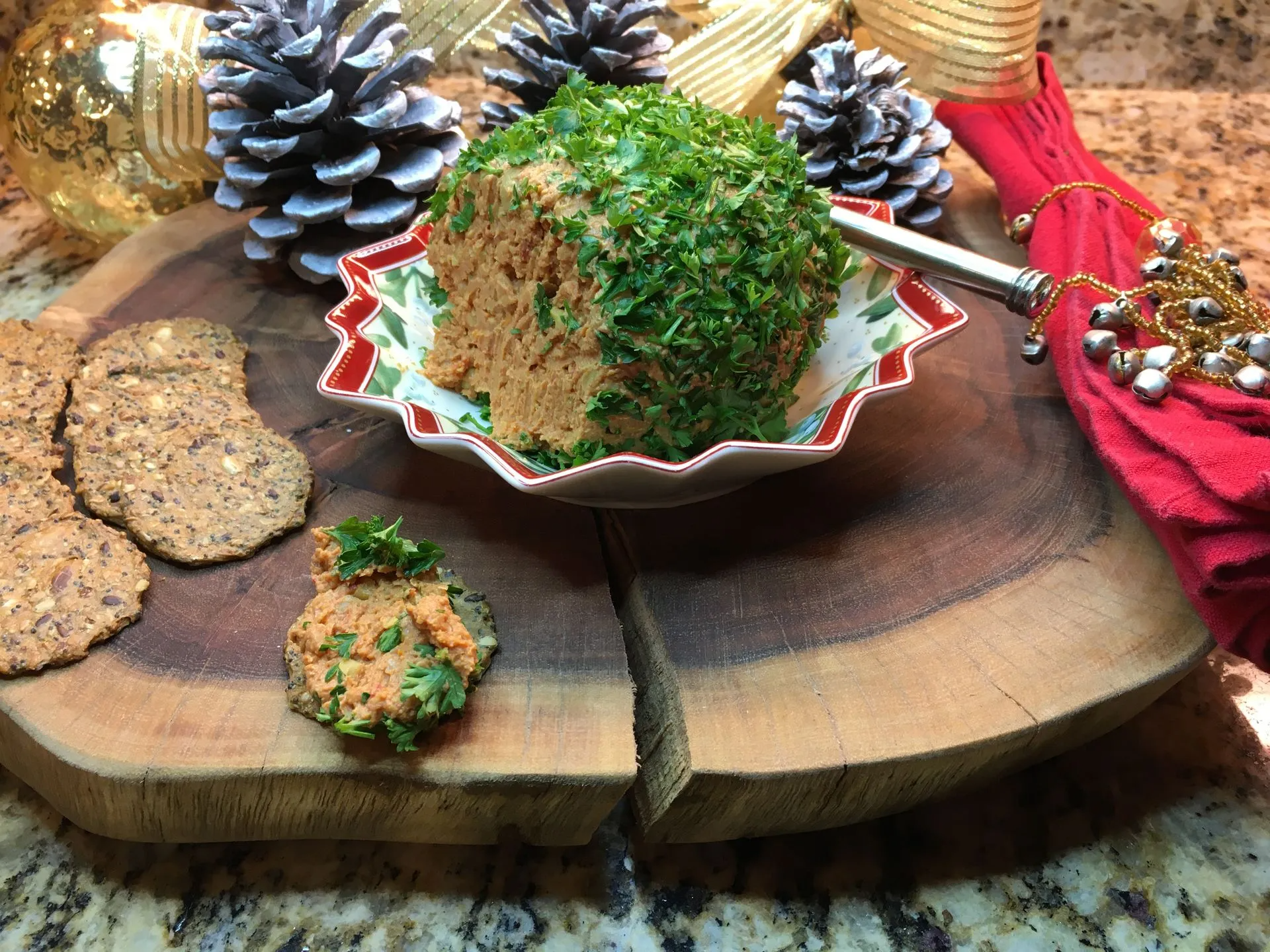
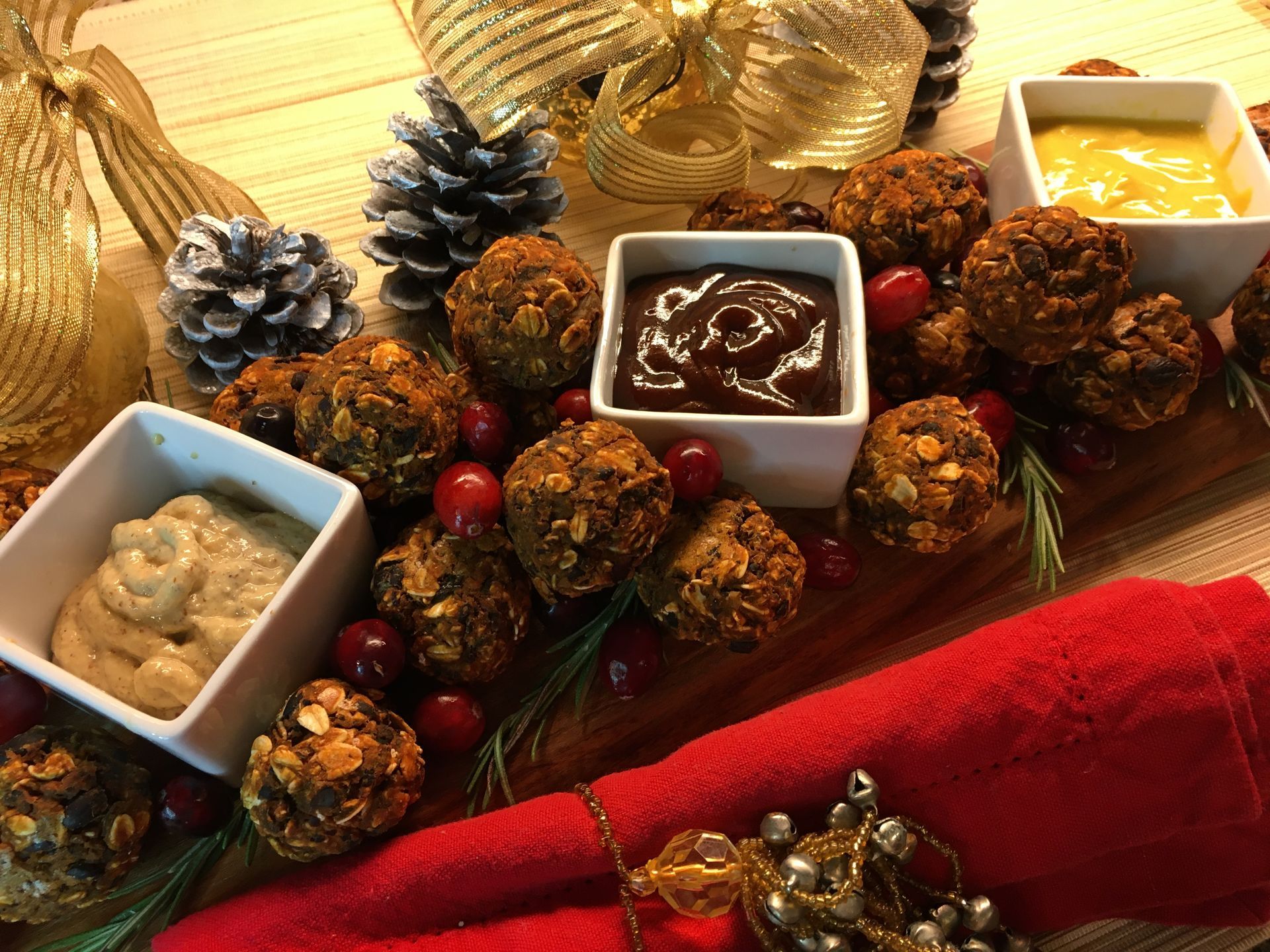
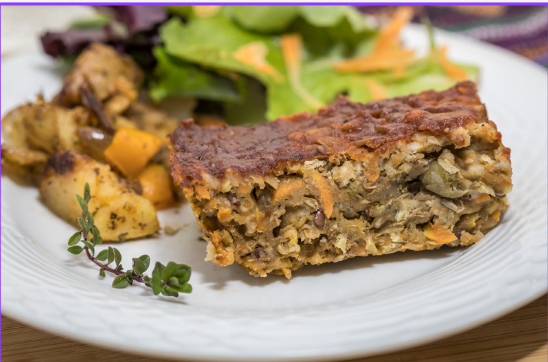
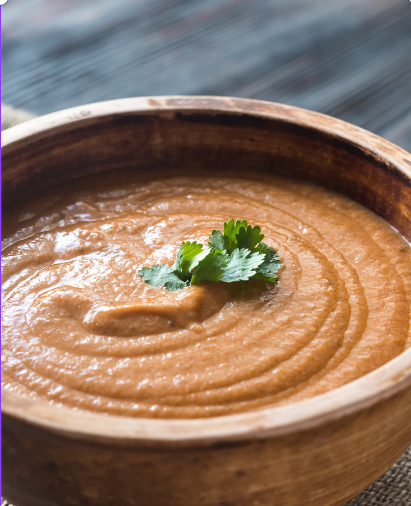
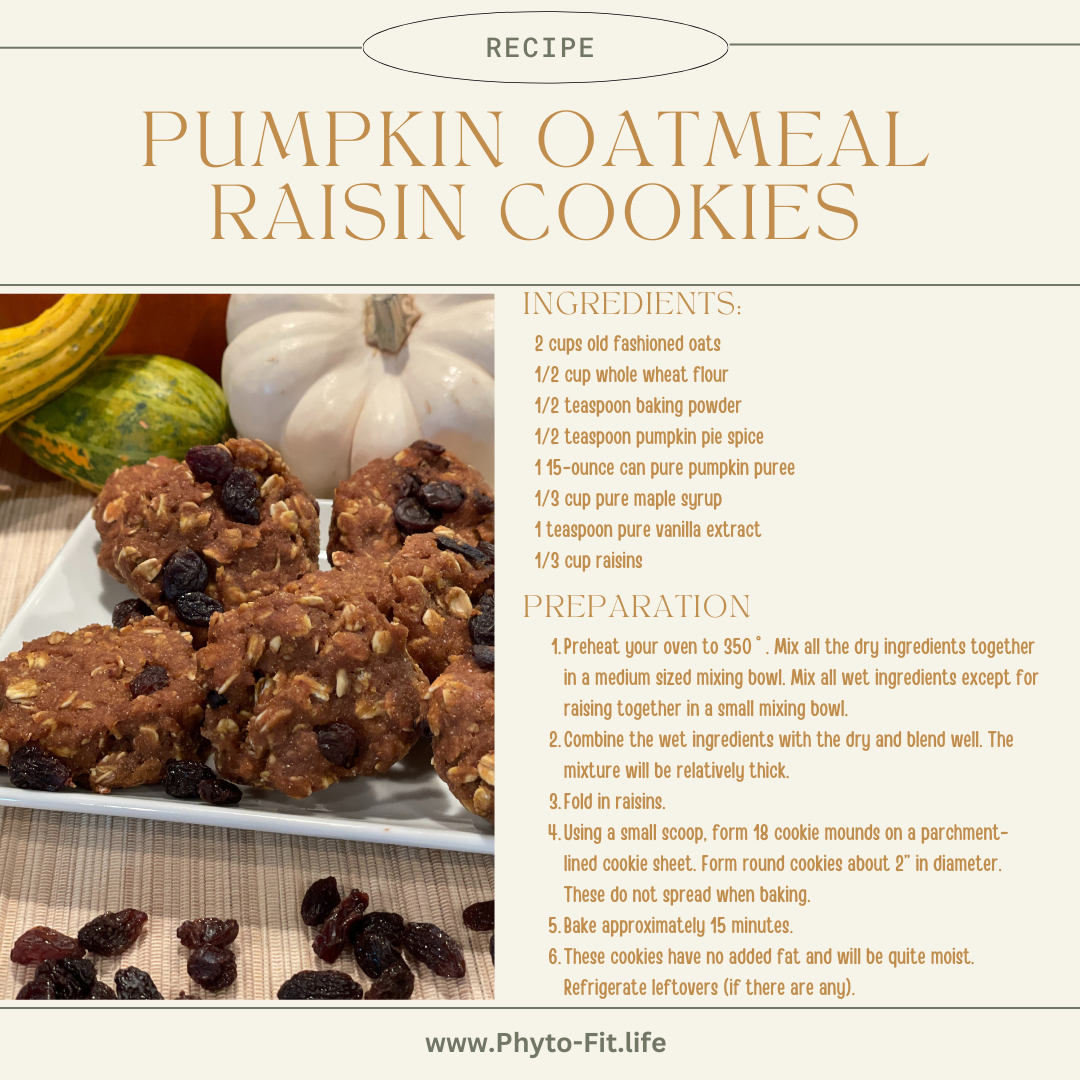
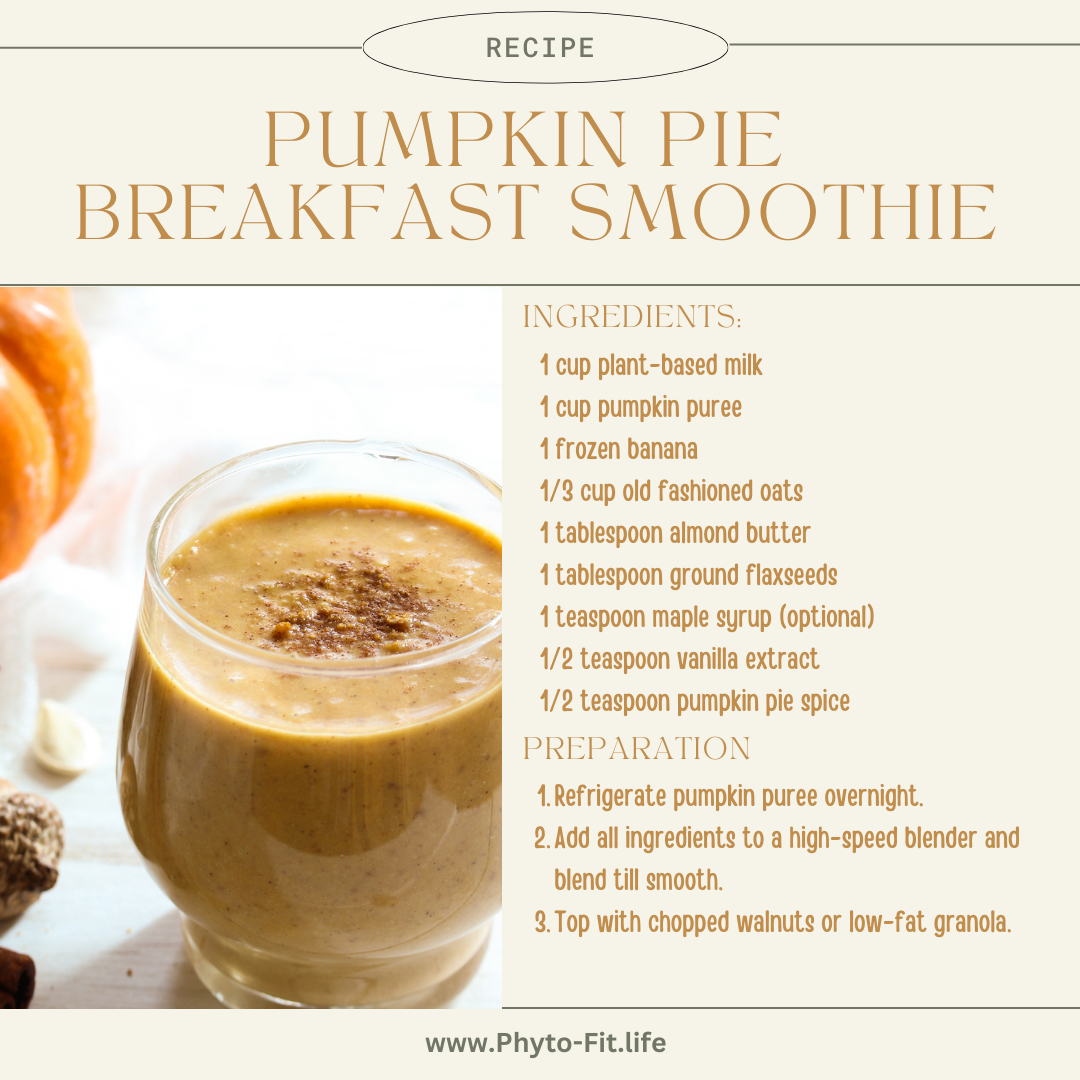
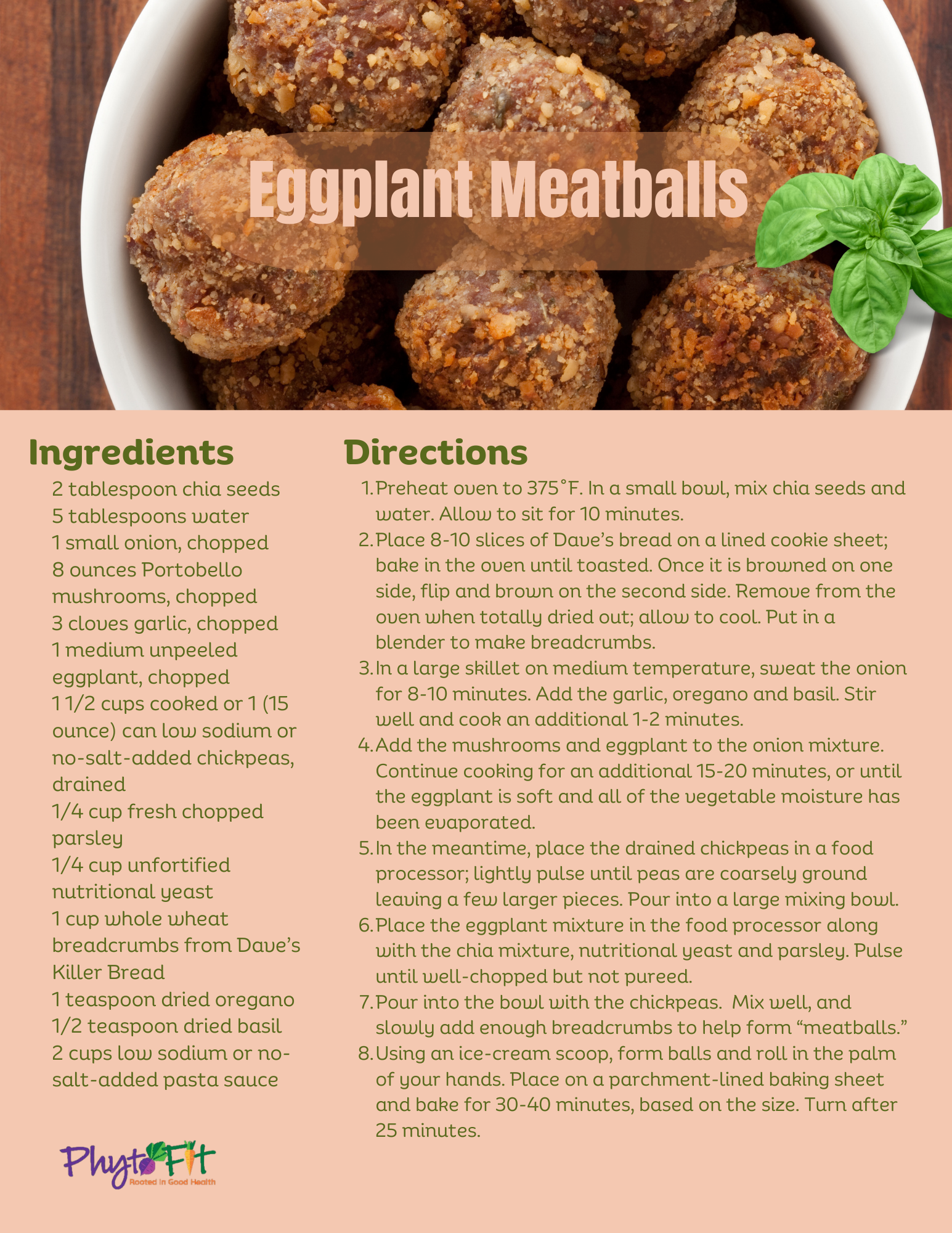
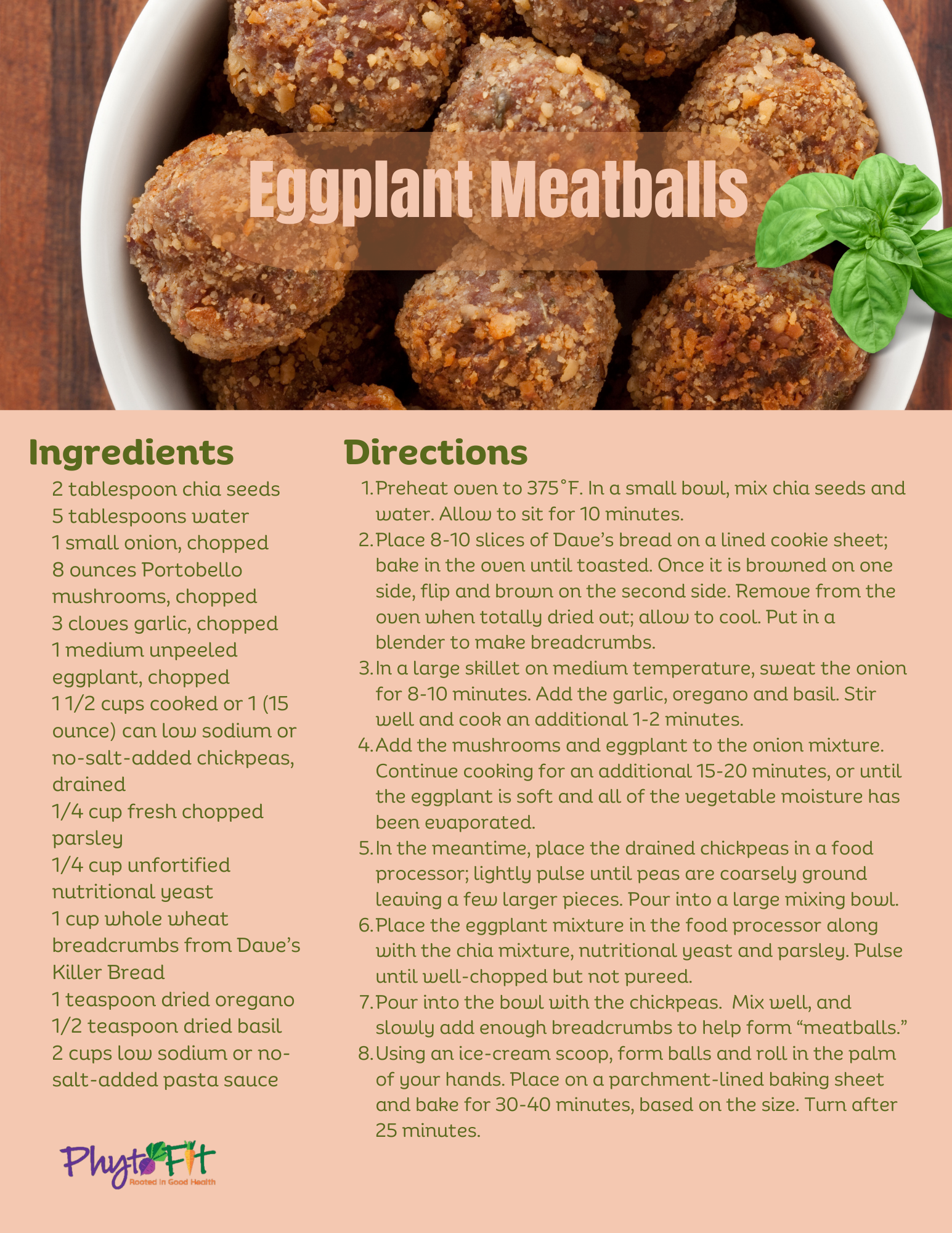
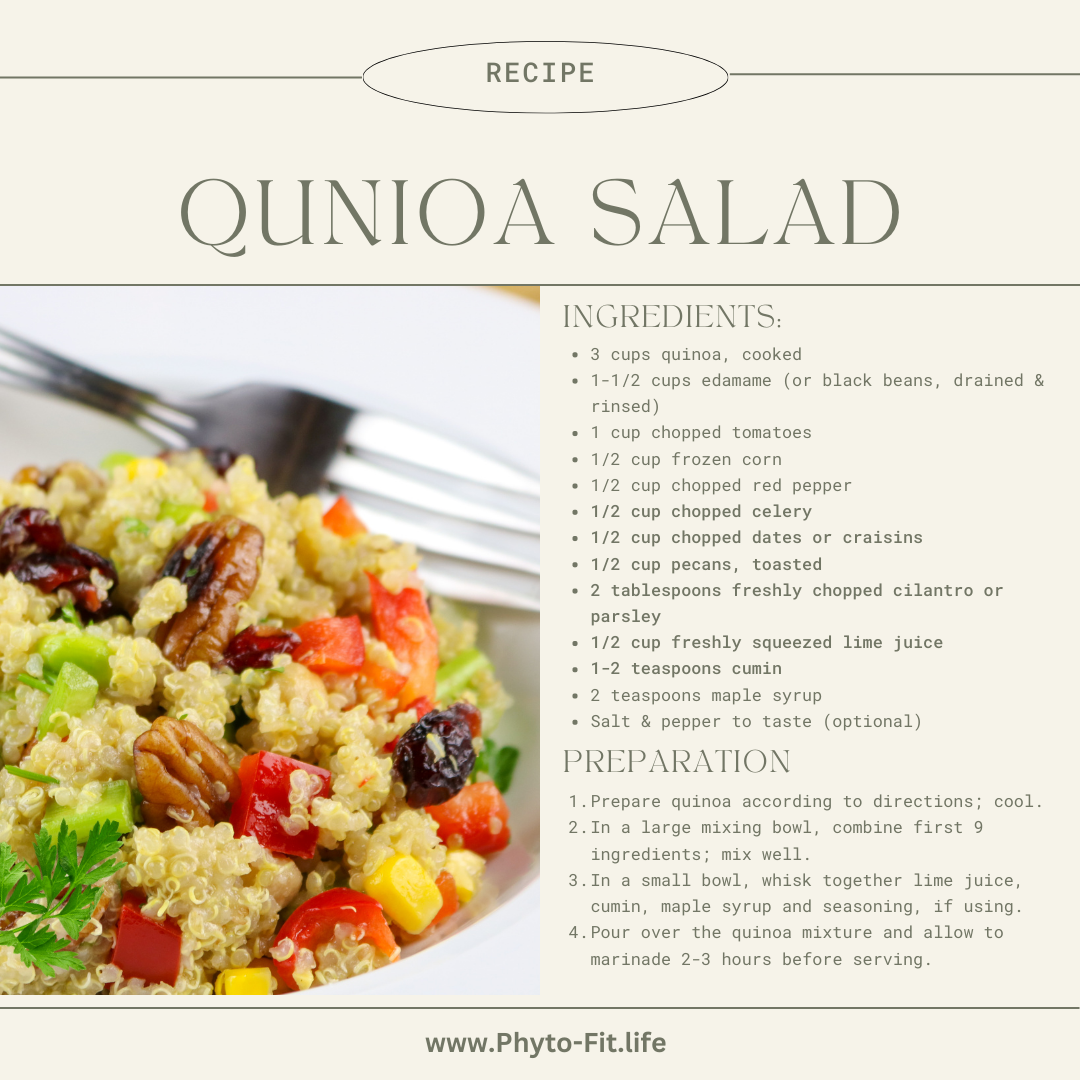
Other Blogs
